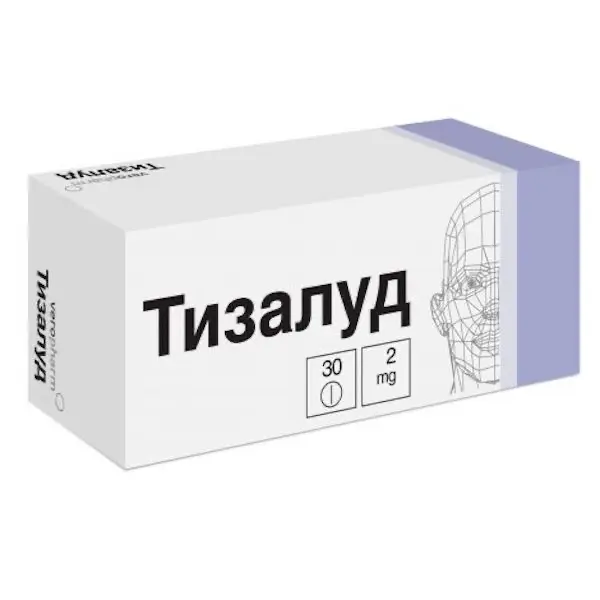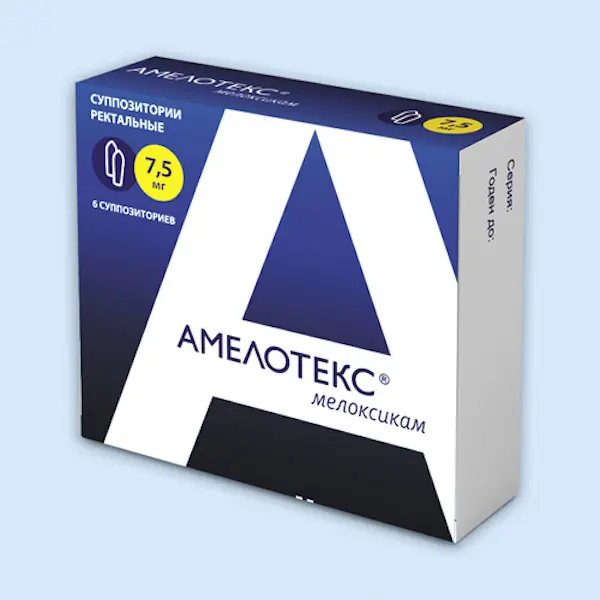Description
Tizalud Pharmacodynamics
A myorelaxant of central action. The main point of application is in the spinal cord. By stimulating presynaptic alpha2-adrenoreceptors, tizanidine inhibits excitatory amino acid release from spinal cord intermediate neurons, which leads to inhibition of polysynaptic excitation transmission in the spinal cord. As a consequence, there is a decrease in muscle tone. In addition to myorelaxing properties, tizanidine also has a central moderately pronounced analgesic effect.
It is effective against acute painful muscle spasms and chronic spasms of spinal and cerebral origin. It reduces spasticity and clonic spasms, thereby reducing resistance to passive movements and increasing the volume of active movements.
Indications
– Painful muscle spasm due to static and functional disorders of the spine (cervical and lumbar syndrome) and after surgical interventions (e.g., herniated disc or osteoarthritis of the hip);
– Spasticity of skeletal muscles in neurological diseases (e.g. multiple sclerosis, chronic myelopathy, degenerative diseases of the spinal cord, after-effects of cerebral palsy and in children over 18).
Contraindications
– Severe liver dysfunction;
– Concomitant use with strong CYP1A2 isoenzyme inhibitors (including fluvoxamine, ciprofloxacin);
– Hypersensitivity to tizanidine, other drug components;
– rare hereditary lactose intolerance, severe lactase deficiency, glucose-galactose malabsorption (for this dosage form containing lactose);
The use of tizanidine in children (under 18 years) is not recommended because the experience of using the drug in this category of patients is limited.
Caution: renal failure, arterial hypotension, bradycardia, concomitant use of oral contraceptives, age over 65 years.
Pregnancy and lactation
Since controlled studies of tizanidine use in pregnant women have not been conducted, it should not be used during pregnancy, except in cases when the expected benefit to the mother exceeds the possible risk to the fetus.
Tizanidine is excreted with breast milk in insignificant amounts. Nevertheless, if it is necessary to use tizanidine during lactation, it is necessary to decide whether or not to stop breast-feeding.
Directions for use and dosages
- Cure of painful muscle spasm: orally, 2-4 mg 3 times a day, in severe cases – 2-4 mg additionally at night.
- Treatment of spasticity caused by neurological diseases: The initial dose is 2 mg three times a day, then the dose is gradually increased by 2-4 mg at intervals of
- 3-7 days intervals. The optimal daily dose is 12-24 mg in 3-4 doses; the maximum daily dose is 36 mg.
- Recommended dose for patients with renal insufficiency (at IQ less than 25 ml/min) is 2 mg once daily. Increase the dose gradually, slowly, taking into account tolerability and efficacy. If a more pronounced effect is needed, it is recommended to first increase the dose prescribed once daily, then increase the frequency of administration.





